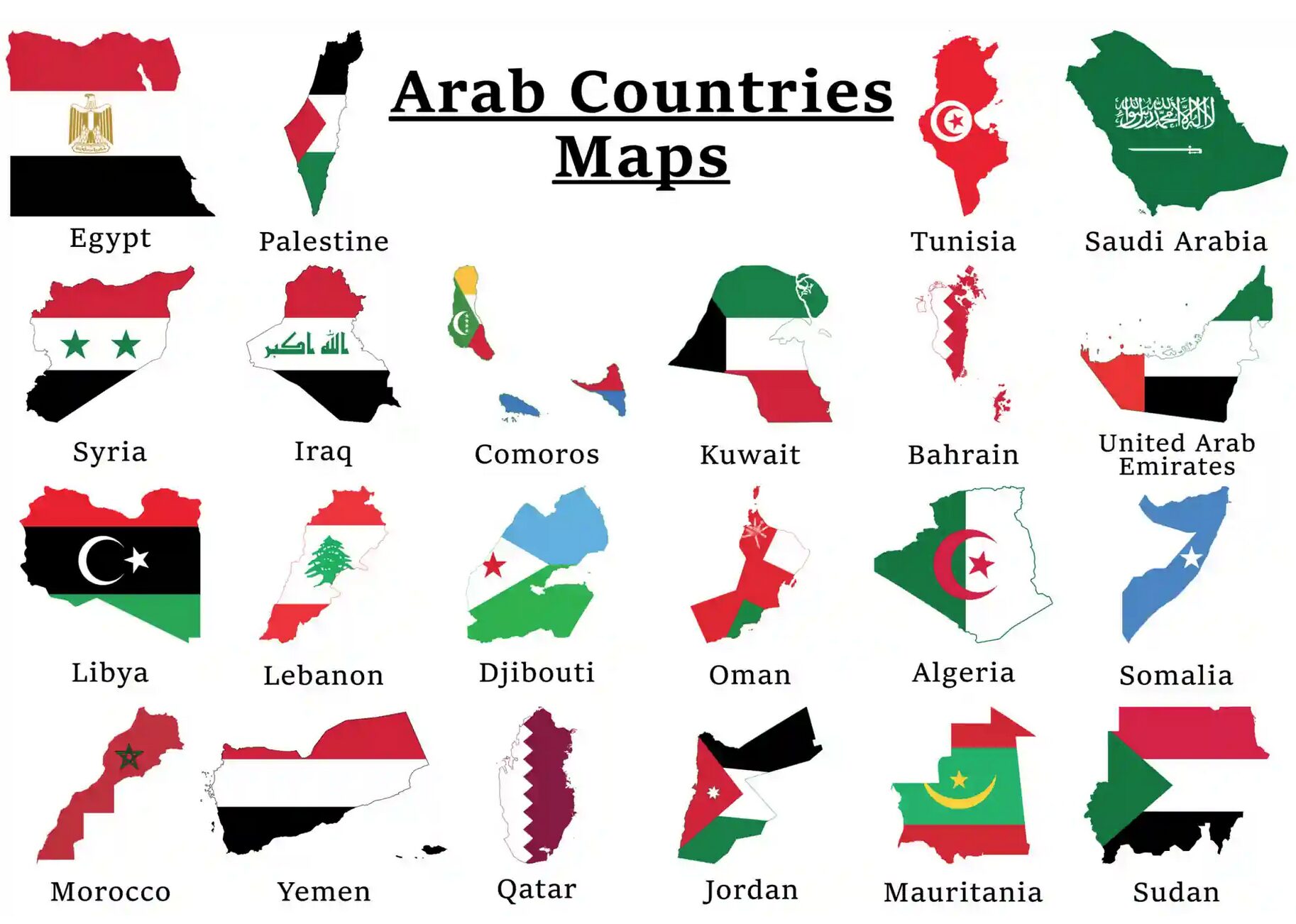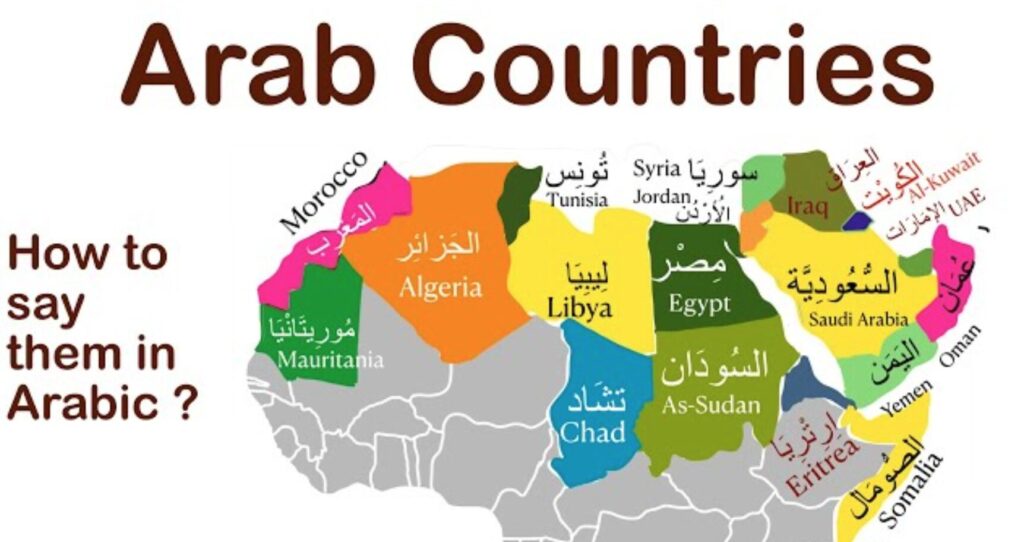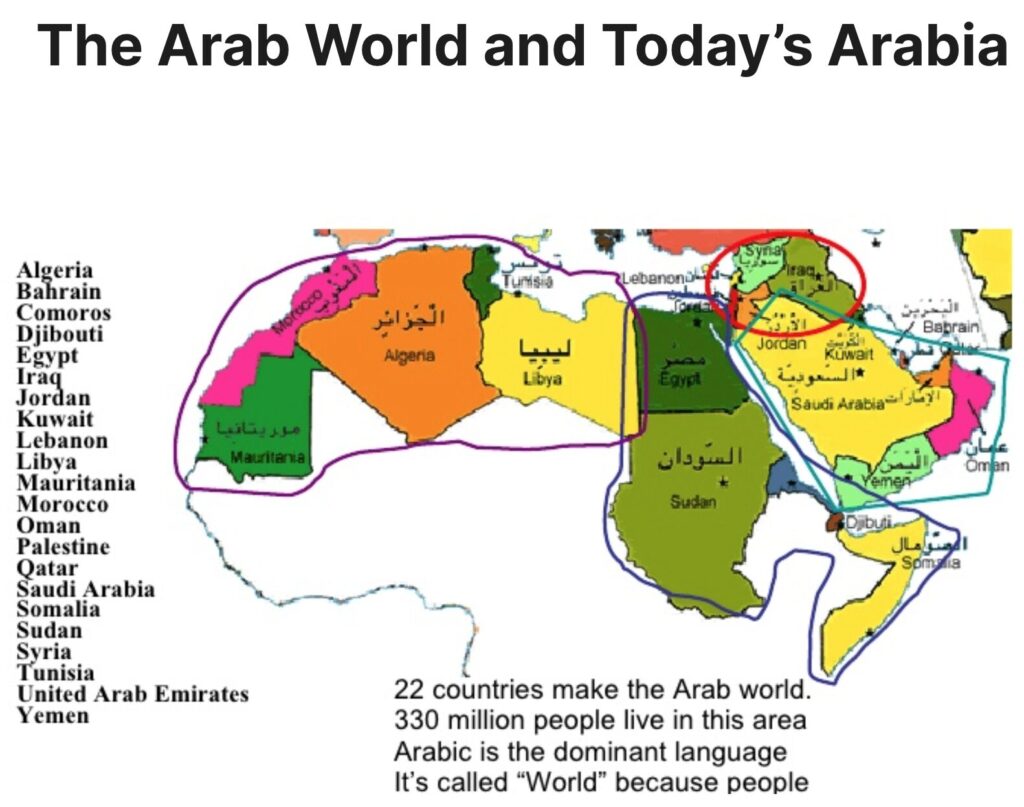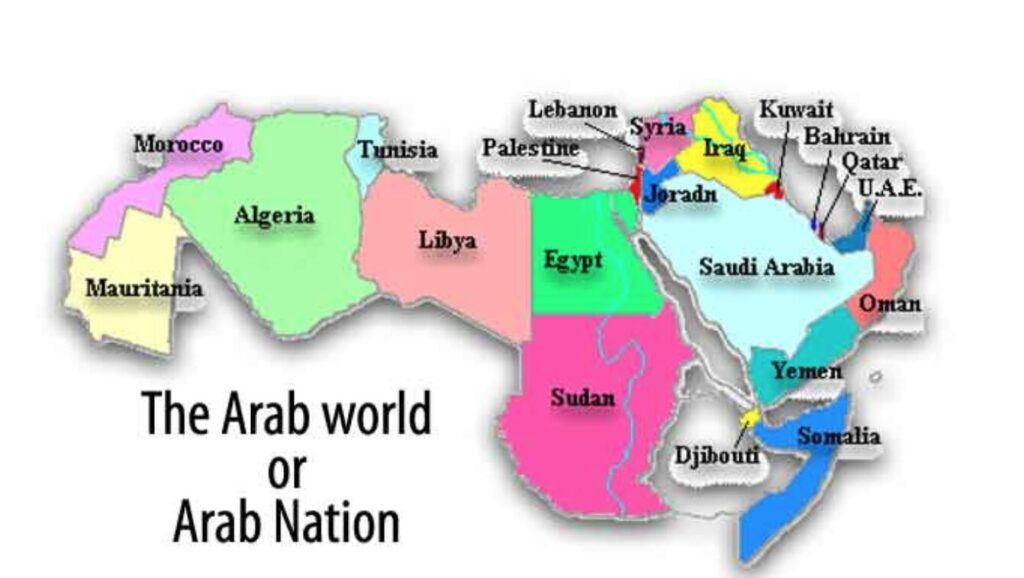

Arabic is more than a language; it’s a bridge to history, religion, and culture. With over 400 million native speakers across the Arab world, Arabic is one of the most widely spoken languages in the world. But its influence doesn’t stop there—people from diverse backgrounds are now embracing Arabic as a second or even third language. The question many travelers and learners ask is: in what countries people are learning Arabic today?

From Europe to Asia, and even in parts of Africa and the Americas, Arabic is gaining importance. Whether motivated by business, cultural curiosity, or religious studies, learners everywhere are discovering how the language opens doors to deeper connections with Morocco, the Arab world, and beyond.
The Global Spread of Arabic Language Learning
When we explore in what countries people are learning Arabic, we see that it’s not confined to the Arab world. Institutions, schools, and cultural centers across the globe are offering Arabic programs.
Europe: A Growing Curiosity
- France has one of the largest Arabic-speaking communities outside the Arab world due to its history and close ties with North Africa. Schools and universities here offer Arabic courses widely.
- Spain, with its Andalusian history, has a deep cultural connection to Arabic. Universities in Madrid, Granada, and Córdoba attract learners fascinated by the legacy of Al-Andalus.
- Germany and the UK also see a surge in Arabic learners, driven by academic research, cultural studies, and the growing importance of intercultural communication.
Asia: Tradition and Modern Demand
- Indonesia, the largest Muslim-majority country in the world, promotes Arabic in schools and universities as part of religious education.
- Malaysia follows a similar trend, combining Islamic studies with modern applications of Arabic for business and travel.
- In China, Arabic is increasingly taught in major universities, especially for international trade and diplomacy.
Africa: Shared Heritage and Education
- In Morocco, Arabic is an official language alongside Amazigh, and many international students come to study Moroccan Arabic (Darija) and Classical Arabic.
- Nigeria also promotes Arabic education due to historical ties with Islamic scholarship and trade.
The Americas: Expanding Horizons
- In the United States, Arabic has become one of the fastest-growing foreign languages studied in schools and universities. Learners are often motivated by international relations, business opportunities, and cultural exploration.
- Brazil and other Latin American countries are seeing increased Arabic programs, largely influenced by growing Arab diaspora communities.
Must-See Experiences for Arabic Learners

If you’re curious about in what countries people are learning Arabic, you’ll also want to know where this learning connects with travel and cultural immersion.
- Morocco: Famous for its vibrant medinas, historical Fez schools, and cultural exchanges, Morocco is a top destination for Arabic immersion.
- Egypt: Cairo is known as a hub for learning Arabic, particularly Modern Standard Arabic, thanks to its renowned universities and cultural centers.
- Jordan: Amman attracts students for its clear dialect and strong reputation for Arabic institutes.
- United Arab Emirates: With its cosmopolitan environment, Dubai and Abu Dhabi combine modern luxury with opportunities for Arabic learning.
These countries don’t just teach you the language—they let you live it, experience it, and carry it with you in daily life.
Travel Tips and Cultural Insights

Choosing the Right Dialect
Arabic comes in many forms: Modern Standard Arabic (used in formal communication and media) and regional dialects like Moroccan Darija, Egyptian Arabic, or Levantine Arabic. Travelers should choose based on their goals—literature, daily conversation, or regional immersion.
Engage Beyond the Classroom
When traveling in Morocco or other Arabic-speaking countries, practice with locals at cafés, souks, and cultural events. Immersion accelerates fluency.
Respect Cultural Context
Arabic is tied closely to culture and religion. Simple greetings like “Salam Alaikum” (peace be upon you) show respect and open conversations.
Real-World Examples – Stories of Arabic Learners
- Sophie from Paris:
“I started learning Arabic at university in France, but it wasn’t until I traveled to Morocco that the language came alive. Bargaining in souks and talking to families gave me confidence.”
- David from New York:
“Arabic seemed challenging at first, but learning it has transformed my career in international relations. I now use it daily working with Middle Eastern partners.”
- Aisha from Jakarta:
“In Indonesia, Arabic is part of our schooling, but visiting Cairo made me realize how much deeper the culture goes. It was more than just words—it was a living tradition.”
These experiences highlight how learning Arabic is not only an intellectual pursuit but also a cultural adventure.
Future Travel Recommendations and Language Trends
The future of Arabic learning is bright. As globalization connects cultures, more countries will likely expand Arabic language programs. Online platforms, cultural exchange programs, and study-abroad opportunities are making Arabic more accessible than ever.
If you’re considering where to study, Morocco offers a perfect blend of history, hospitality, and immersive practice. Seasonal language schools in Rabat, Fez, and Marrakech welcome learners year-round.
Travelers are encouraged to:
- Plan cultural exchanges or homestays.
- Attend moussem festivals and cultural events to experience Arabic in context.
- Consider seasonal programs that align with Morocco’s mild spring or autumn weather.
FAQ – In What Countries People Are Learning Arabic
Why is Arabic becoming a popular language to learn?
Arabic is one of the world’s most spoken languages, important for business, diplomacy, and cultural understanding. Its global significance is rising.
Which countries outside the Arab world teach Arabic widely?
France, Spain, Germany, the US, Indonesia, and China all have strong Arabic programs in schools and universities.
Is it better to learn Modern Standard Arabic or a dialect?
Modern Standard Arabic is useful for reading, media, and formal communication, while dialects like Moroccan Darija are essential for everyday conversation.
Can tourists learn Arabic while traveling?
Yes! Many schools in Morocco, Egypt, and Jordan offer short courses, and daily interactions with locals enhance learning.
How difficult is Arabic for beginners?
Arabic can be challenging, especially its script and pronunciation, but consistent practice, immersion, and cultural exposure make it rewarding.
Conclusion
Understanding in what countries people are learning Arabic reveals just how global this language has become. From the medinas of Morocco to classrooms in Paris and universities in China, Arabic connects people across continents.
For travelers, learning Arabic isn’t just about words—it’s about experiencing culture, history, and human connection. Whether you’re planning to explore Morocco’s colorful souks, Egypt’s pyramids, or Jordan’s ancient cities, Arabic offers you a richer, more authentic journey.
So, pack your curiosity and maybe a notebook—the adventure of learning Arabic awaits you, wherever you are in the world.




